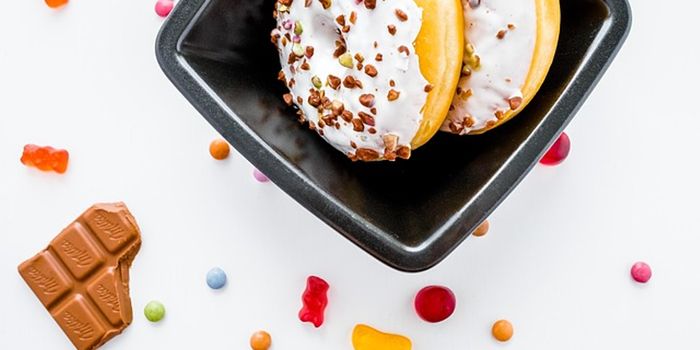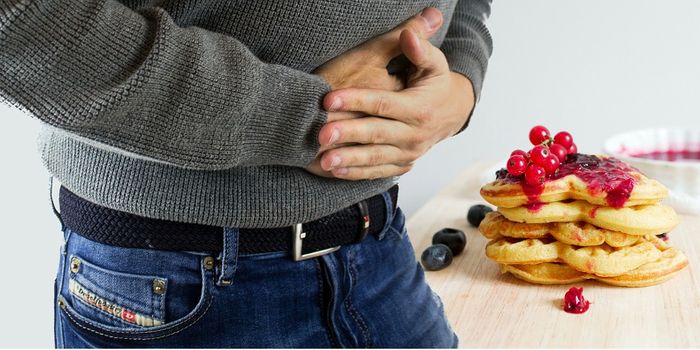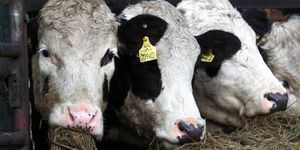Brain encodes food preference decisions
Narrowing down on dishes you would like to eat when presented with many options during potlucks and buffets is much more complex as it needs a proper valuation of all available options and then coming up with one selection. This reward-related processing is done by the ventral striatopallidal system, which is primarily a basal ganglia network.
Patricia Janak, a Bloomberg Distinguished Professor of Psychological and Brain Sciences and Neuroscience from Johns Hopkins University and her team, have recently shown neural signal evidence from specific brain areas which encode food perception and choice information. This finding associate food-reward is seeking behaviors to ventral pallidum (VP), a basal ganglia structure which was previously attributed to motor expression and opioid reward.
Nucleus accumbens(NAc), also part of basal ganglia network was previously attributed to the reward-related processing, and VP was assumed to only play a role in communicating the signals from NAc to other cortical structures. However, the work is published in Nature Communications by Janak’s Team with David Ottenheimer as the lead author showed that VP played a larger role in reward-associated responses. The neural activity recorded in VP when presented with a choice of reward, preceded that of NAc contradicts the previously described signal transmission in the ventral striatopallidal axis. VP independently received reward signals and was not exclusively from NAc.
The study was done in two separate groups of male rats when they were given two varieties of liquid rewards sucrose and maltodextrin across multiple trials over days. Single unit neural firing patterns were recorded from NAc and VP using the implanted recording electrodes. Behavioral responses quantified by the number of licks were used to monitor the reward intake.
Ottenheimer says that the food that’s the favorite will likely be eaten faster and with bigger bites. Rats made similar choices when considering which liquid reward would they prefer. The behavioral responses and overall neural activity observed across trials from both VP and NAc suggest that rats prefer sucrose to maltodextrin and that both NAc and VP encode reward-specific identification. When presented with water and maltodextrin, the rats chose the later which could imply that the choice of food varies based on the current options available, a context-dependent decision-making process. Ottenheimer said that "If we want to figure out why food can be exciting in one scenario and disappointing in another, VP could be the key." The video below shows how a rat drinks the chosen sucrose solution.
“The level of brain activity we saw exceeded our expectations by far,” said Ottenheimer explaining the dominant spiking patterns seen in VP. The onset latency observed in the neural firing patterns recorded between VP and NAc suggests that the rat's relative preference information is strongly encoded in VP rather than NAc. Furthermore, the activity was also robust when the animal was presented with other reward choices that were less preferred.
The manuscript also addresses if memory and expectation play a role in decision making. If a preferred reward is presented is trial one, and a not-preferred is presented in the next trial, neural firing varied mored in VP than NAc. A greater firing rate was seen for sucrose trials if they succeeded maltodextrin trail and a lower firing rate was seen for maltodextrin following a sucrose trail. If three choices were presented instead of two, VP still encoded the relative preference by showing a maximal neuronal excitation for the preferred choice.
Although Ottenheimer’s work focuses more on the VP, the role of NAc is not be disregarded. Previous studies have identified that NAc-VP pathway is critical for reward-seeking actions and post reward delivery. While VP plays an important role in reward valuation, NAc dominates when responding to the reward.
You eat with your eyes first, a well-known adage means so much more now! Ottenheimer and colleagues work to shine a new light on a ventral pallidum structure that previously was assumed to only play a more supporting role. However, understanding how our brain processes the food options available to decide before we linger in a buffet line is still its infancy. Questions like how the information reaches even ventral pallidum and role of human aspects like gender, personality, time, place, and pricing, etc in decision making are just a few that’s of interest to other researches.
Food for thought: Am I helping my brain to decide by choosing tasting portions first and then going for seconds (actual meal)??
Sources: AAAS EurekaAlert, Nature, ASN








